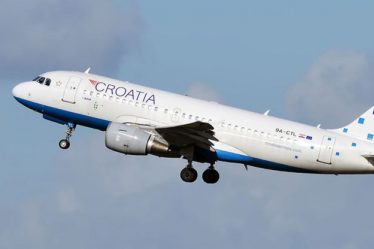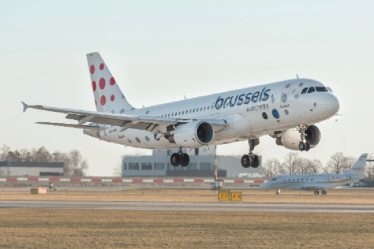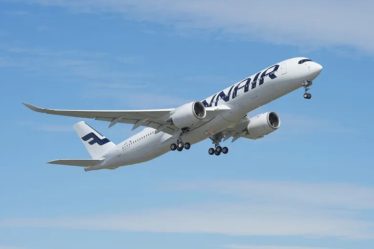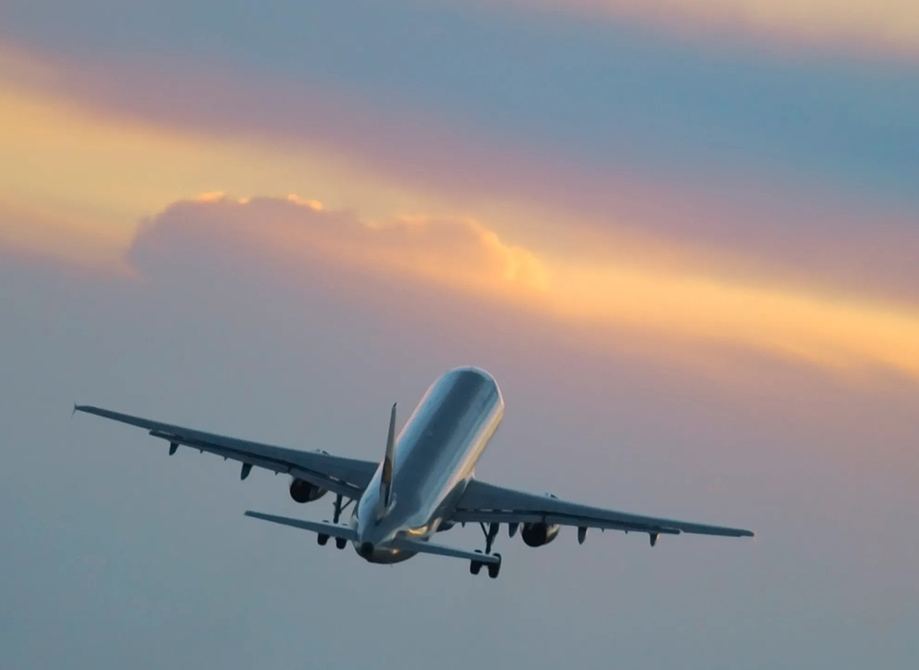
I’ve always believed that how you start a trip sets the tone for the entire experience. So when I planned my journey to Riga, the capital of Latvia and one of Europe’s underrated gems, I faced a common traveler’s dilemma: should I fly budget or go with a full-service airline? Being someone who likes to weigh both cost and comfort, I decided to try each option on different legs of my trip.
The experience taught me more than just how airlines operate. It revealed nuances about expectations, actual service, hidden costs, and ultimately, how each choice impacted my mood and travel flow. If you’re also planning a trip to Riga and stuck between Ryanair and Lufthansa—or Wizz Air versus AirBaltic—this is the post for you.
Booking the Tickets: Price vs. Value
When I first searched for flights, the budget airline options immediately caught my eye. The base fare from a major European city to Riga was shockingly low—less than the price of a good dinner out. At first glance, it seemed like a no-brainer.
But once I clicked through the booking process, I realized what many of us learn the hard way: budget fares are just the beginning.
Suddenly I was selecting and paying extra for:
- Cabin bag allowance
- Checked luggage
- Choosing a seat (unless I wanted to risk being stuck in the middle)
- Priority boarding (which, ironically, everyone seems to purchase)
My €20 ticket quickly escalated to €65—not terrible, but also no longer a steal. I also had to manually input passport info, decline upsells at every step, and double-check that I hadn’t accidentally purchased a transfer service I didn’t need.
In contrast, when I booked my return flight via a full-service carrier, everything felt… smoother. The price was higher upfront, but it included 23 kg of checked luggage, a carry-on, seat selection, a snack, and a drink. And yes, a customer support line that actually answered when I had a question.
In terms of booking experience, the full-service airline won hands down.
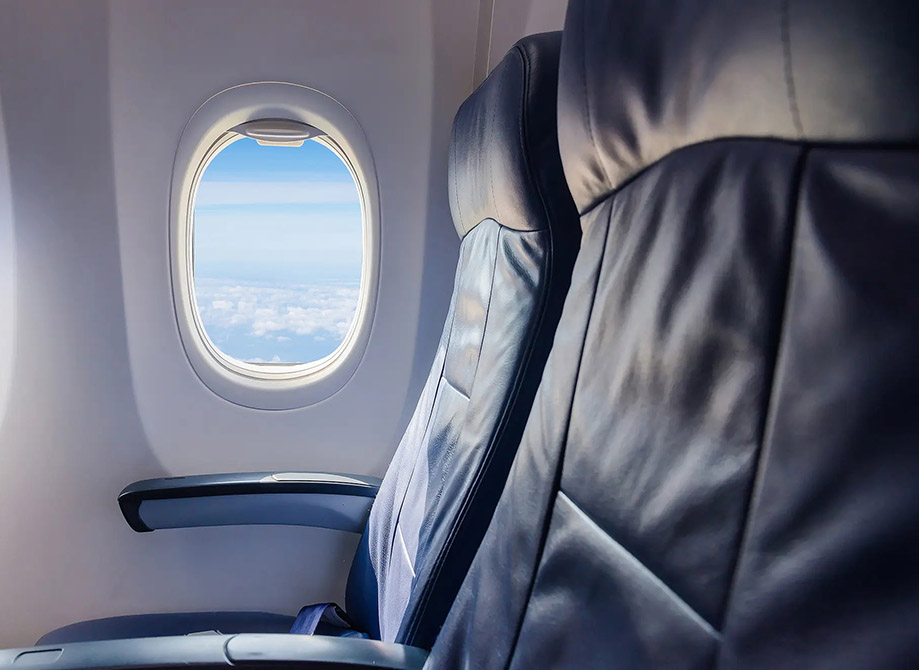
The Airport Experience: From Check-In to Boarding
Arriving at the airport for my budget flight, I noticed a distinct vibe at the airline’s check-in counter: long lines, confusion over bag sizes, and frequent haggling over weight limits. I watched one unfortunate passenger unpack and re-pack his bag in front of everyone, trying to avoid a hefty penalty fee.
Because I’d purchased priority boarding, I got through the gate relatively early—but the gate area was chaotic. People were standing, pacing, guarding outlets, and eyeing each other’s carry-ons like hawks. It was tense. Efficient, maybe, but not relaxing.
For the full-service flight, the experience was night and day. The check-in line moved smoothly. The staff were courteous and even helped an older gentleman reprint his boarding pass. The gate had ample seating, and I even managed to read a few chapters of a book without distraction. The boarding process was calm and orderly, and the cabin crew smiled in a way that didn’t seem forced.
If you’re someone who gets anxious in crowded or noisy environments, the airport experience alone is reason enough to consider a full-service flight.
In-Flight Comfort: Tight Quarters vs. Breathing Room
Let’s talk about legroom. I’m not particularly tall, but the budget airline seat felt like it was designed for someone who had no intention of moving. Tray table? Tiny. Recline function? Non-existent. Entertainment? Bring your own. The noise level was also significantly higher—crying babies, seatmates with open snack bags, and announcements that felt like commercials.
That said, I must admit that the flight was on time, and the cabin was surprisingly clean.
On the full-service flight, I immediately noticed the difference. The seat pitch was noticeably more generous. There was a USB charging port, and the in-flight magazine actually made for a decent read. A flight attendant came by with a complimentary beverage service—a welcome distraction. It wasn’t luxury, but it felt like I was being taken care of.
If comfort is a priority for you—even just a few inches of space and a free drink—it makes a big difference.
Food and Extras: Bring Your Own or Enjoy the Perks?
One thing budget airlines do is force you to be prepared. I had packed snacks for my budget flight, knowing that anything onboard would cost more than it was worth. And that’s fine, if you treat it like a short bus ride. But when you’re traveling for several hours, there’s something disheartening about dry sandwiches and lukewarm bottled water.
The full-service airline offered a small meal and a warm drink. Nothing extravagant—but it felt like part of the journey, not an add-on. More importantly, it created a mental shift: I wasn’t just getting from Point A to Point B—I was being hosted in the sky.
Arrival and Baggage Claim: Efficiency or Frustration?
Both airlines got me to Riga safely, but the baggage claim experience highlighted another difference. On the budget flight, a significant number of passengers were forced to gate-check their carry-ons. At arrival, there was a wait—and confusion about where the bags would be delivered.
In contrast, the full-service flight had no delays at baggage claim, and announcements were clear. It was small, but after a long trip, clarity matters.
The Hidden Cost of Budget Flying
Looking back, my budget flight to Riga wasn’t terrible. It got the job done. But when I tallied the add-ons—extra luggage, a sandwich at the gate, seat selection, and priority boarding—it didn’t save me that much.
More importantly, it cost me in mental energy.
I had to:
- Print and re-check boarding passes
- Triple-confirm bag dimensions
- Navigate less-than-friendly customer service
If you’re a flexible traveler with no checked baggage and a “get there however” mentality, budget airlines work fine. I’ve done it, and I’ll probably do it again when the price is right. But if you’re someone who values predictability, comfort, and a peaceful travel mindset, there’s a strong argument to go full-service.
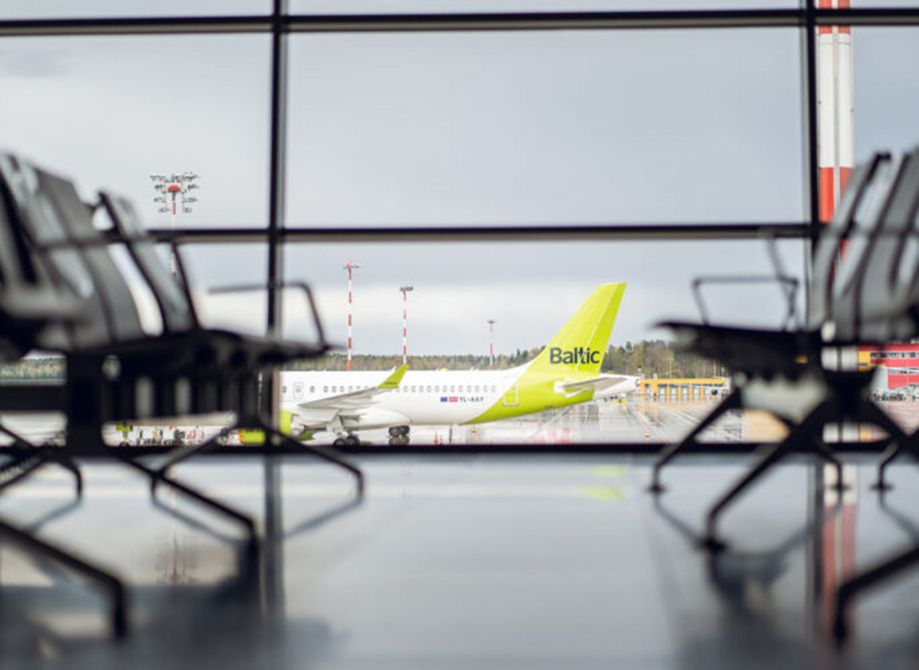
So, Which One Should You Choose?
It depends on your priorities.
Here’s my breakdown after flying both:
| Criteria | Budget Airline | Full-Service Carrier |
| Upfront Cost | ✔️ Lower | ❌ Higher |
| Total Cost (with extras) | ❌ Often similar | ✔️ More transparent |
| Booking Experience | ❌ Complex | ✔️ Seamless |
| Check-In & Boarding | ❌ Chaotic | ✔️ Calm |
| In-Flight Comfort | ❌ Cramped | ✔️ Comfortable |
| Food & Drink | ❌ Extra charge | ✔️ Included |
| Support/Service | ❌ Limited | ✔️ Helpful |
| Peace of Mind | ❌ Less | ✔️ More |
So, flying to Riga? Ask yourself:
Do I just want to get there? Or do I want to enjoy the ride, too?
That’s the question I keep returning to, and it’s one I think every traveler should ask before booking a flight—especially when heading to a place as enchanting as Riga.
For me, the appeal of budget airlines lies in their simplicity: low cost, fast booking, and the thrill of scoring a “deal.” I won’t deny that seeing a ticket for under €30 gives me a little adrenaline rush. And in certain cases—say, when I’m hopping between nearby cities or squeezing in a spontaneous weekend getaway—that’s exactly what I need. Budget carriers have their place, and I’ll keep them in my back pocket for those moments.
But when I’m traveling somewhere new, somewhere rich in history and character—like Riga—I’ve learned that the journey itself matters just as much as the arrival.
Riga isn’t just another stop on the map. It’s a city with a soul. A place where cobblestone streets whisper stories of the past, where Gothic spires pierce the skyline, and where Art Nouveau architecture curls and swirls like a living canvas. It deserves more than a rushed, cramped arrival that leaves me stiff, irritable, and already looking for a place to nap. It deserves a traveler who arrives with eyes wide open and a spirit ready to engage.
That’s what flying with a full-service carrier gave me on the return leg of my trip. Not luxury—let’s be honest, most airline seats are far from indulgent—but ease. It was the absence of stress. It was the ability to read a book without constant announcements, to sip a coffee at cruising altitude without fumbling for a payment card, and to feel like I was being transported rather than processed.
When we landed in Riga, I stepped off the plane feeling clear-headed and calm. That mental space made it easier to absorb the city around me, to connect with its rhythm from the start. And it reminded me why I fell in love with travel in the first place—not just for the places, but for the transitions. For the in-between moments that allow me to slow down, reflect, and anticipate what’s to come.
So now, when I plan trips, I don’t just look at the cheapest price or the fastest route. I think about how I want to feel when I arrive. Energized? Inspired? Or just relieved that it’s over?
Travel, after all, isn’t just about ticking off destinations.
It’s about how the journey shapes you before you even arrive.
And sometimes, that means spending a little more—not just in money, but in care, in intention, in presence.
Because getting there is part of the story, too.
